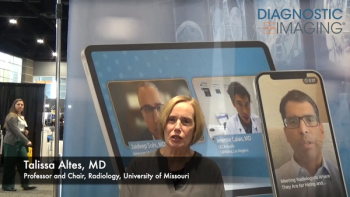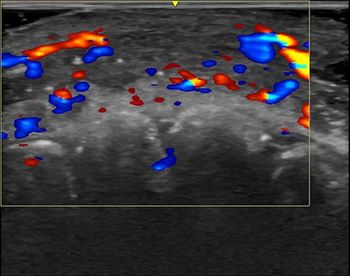
Sectra turns challenges into opportunities
Sectra has moved past the loss of Philips Medical Systems as a PACS client, focusing on the development of new technology.
Sectra has moved past the loss of Philips Medical Systems as a PACS client, focusing on the development of new technology.
Realizing that its customers are buying imaging modalities that produce extremely large amounts of data, the Swedish company has implemented a new kind of PACS platform that accelerates image transmission and loading. The platform has been optimized not only to cope with large data sets but to work over low-bandwidth networks, according to the company.
"Many of our customers have said they can load only 3000 images with their workstation," said Hans Lugnegard, global product manager for radiology IT. "Our platform has been designed so that the number of images doesn't matter. Customers can download 8000 images and start working with them immediately. They don't have to wait for a lot of loading."
The Sectra platform is as much a new beginning for the company as it is a new way of handling the data. Lugnegard explained that the PACS platform is the first in a series of launches that within a year will include a suite of image management products. The Sectra IDS5 workstation, cleared by the FDA in November, will be ready for sale in the first quarter of 2007. (Sectra sells its products through distributors as well as wholly owned subsidiaries.)
"We will add more products in 2007 to create a product family so all users will have access to the platform," Lugnegard said.
Sectra's new PACS platform allows radiologists to work independently regardless of the activity on their IT networks, accommodating variations in networks. Because it is Web-based, the platform eliminates client administration and can be used by "roaming desktops" as well as concurrent users.
It comes in two configurations. The Sectra PACS Clinical Edition is suitable for small and medium-sized health systems, while the Enterprise Edition is designed for larger systems that require 24/7 image management capabilities.
The ICS5 workstation can be configured in several types: IDS5/cl.net for the hospital environment, IDS5/web for remote clinics, IDS5/home for use over low-bandwidth connections, and IDS5/send for examinations sent to teleradiology sites. The IDS7/dx diagnostics workstation, based on new software architecture, incorporates 3D volume rendering, dual monitor and multiframe support, and image cache capabilities.
Newsletter
Stay at the forefront of radiology with the Diagnostic Imaging newsletter, delivering the latest news, clinical insights, and imaging advancements for today’s radiologists.




























